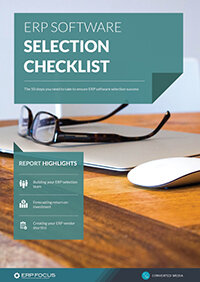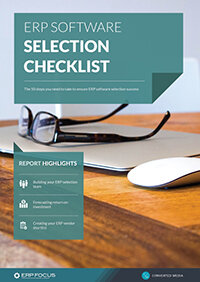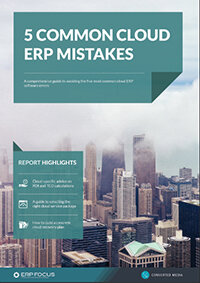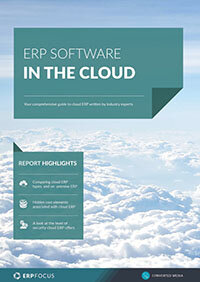Hybrid cloud ERP: everything you need to know
Ten years ago the ERP universe looked a lot different than it does today. Between then and now, some companies still clinged to their on-premise installations, while more forward-leaning firms immediately bought into the public cloud concept, and others decided to utilize what are referred to as private cloud platforms as an active sub-set. However there is a fourth and more emergent type referred to as hybrid cloud ERP. Applying both public and private cloud data platforms, the hybrid cloud operates between the two and aims to achieve better overall security, and management control.
Structurally, what is a hybrid cloud platform?
Hybrid cloud ERP encompasses two operational segments, with a portion of its processing power lying resident within the public cloud, while another integrated and parallel processing environment resides inside the more cloistered halls of a private cloud environment. As an integrated system each portion of the overall environment offers its own strengths while supporting the other.
The public segment is accessible to a larger community of users
Whereas
The private segment offers more positive management of data and information
The public segment leverages better overall flexibility and customization
Whereas
The private segment offers more stringent security controls
Who does what to whom, where?
On paper the hybrid cloud ERP configuration appears to offer strength over strength, but there is a bit of a concern when it comes to which environment will do what work, at what time; since essentially each portion of the overall system will reside its own databases. In order to deal with this constraint, a research process should be employed in order to ensure that all criticalities are identified and placed most efficiently. Once a solid process map is defined the mechanics of hybridization becomes considerably less daunting.
Recommended reading: 50-step ERP software selection checklist
This is where reputable third-party consulting partners come in. These resources can help the enterprise manager define both sides of the equation, thereby allowing the enterprise itself to focus on its operational P’s and Q’s.
Once a solid process map is defined the mechanics of hybridization becomes considerably less daunting.
According to Gartner Research, nearly half of all large-scale enterprises will employ a hybrid cloud topology by 2017. This conceptual construct is allowing previously ponderous, frangible and costly ERP platforms to become much more nimble; while at the same time avoiding many security pitfalls that previous variants harbored.
Hybrid cloud ERP offers a bright future for any enterprise that might need a ready expansion, while reducing any potential nightmares that ‘pure’ platforms might encompass. The platform has the potential to extend and streamline ERP’s usefulness well into the next several decades.
Free white paper

60-Step ERP Selection Checklist
Get the comprehensive checklist for your ERP selection project

Featured white papers
-

Five common cloud ERP mistakes
Get your comprehensive guide to avoiding the five most common cloud ERP errors
Download -

Related articles
-

Why you shouldn't underestimate cloud ERP consultant costs
Make sure to take the cost of a consultant into account when planning your cloud ERP budget
-

CMMC Compliance: What Aerospace and Defense Manufacturers Need to Know
Key insights on CMMC compliance, deadlines, and securing DoD contracts with CMMC 2.0 certificatio...
-

Cloud ERP vs on-premise ERP: an objective comparison
Are you choosing between cloud ERP and on-premise ERP? This balanced guide will help

